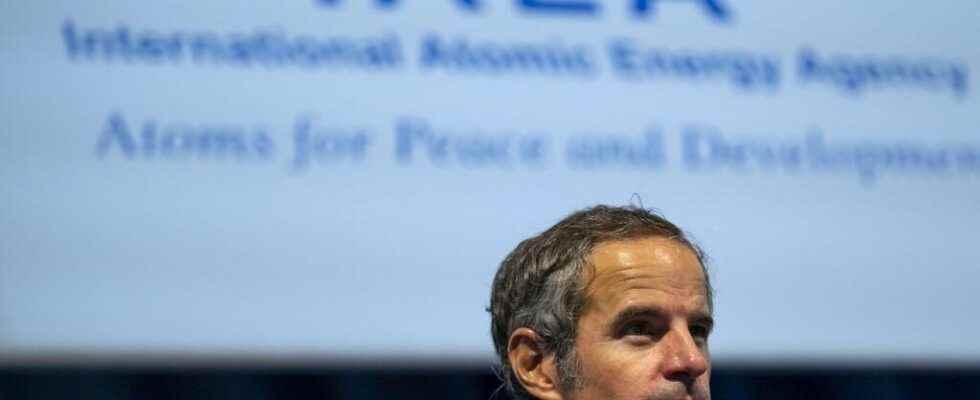This worrying conclusion of a report by the International Atomic Energy Agency comes as intense diplomatic efforts have been made in recent months to try to revive the 2015 agreement that guaranteed the civilian character of the nuclear program of Iran.
There’s what the International Atomic Energy Agency can see, like this enriched uranium that’s now stockpiled 19 times over the limit allowed by the 2015 Iran nuclear deal, but there’s also this that the IAEA no longer sees, because last June Iran disconnected surveillance cameras, installed by the agency in certain nuclear sites.
And then there is what the IAEA fears it will never see, that is to say nuclear installations which have not been declared by Tehran and near which traces of enriched uranium have been detected. Iran did not respond to questions posed about them by the IAEA. Its director, Rafael Grossi, says to himself ” more and more worried “.
The reports of the Vienna Agency on the Iranian nuclear are regular. This occurs in a particular context: in recent days, several sources have considered that it was possible to resuscitate the 2015 agreement, emptied of its substance when the United States of Donald Trump left it in 2018, then when Iran has progressively and dangerously freed itself from its obligations.
►Also read: Iranian nuclear: Tehran demands new concessions from the United States
